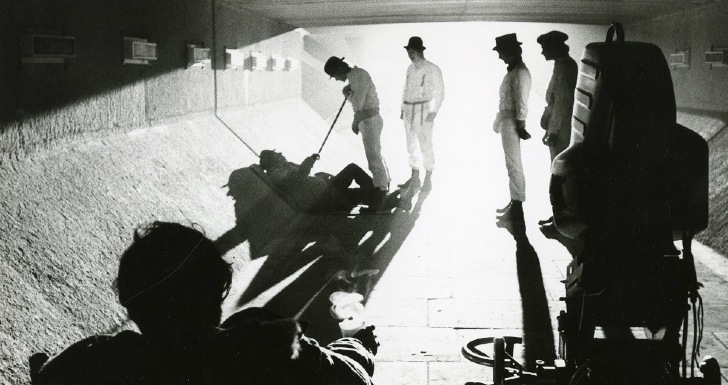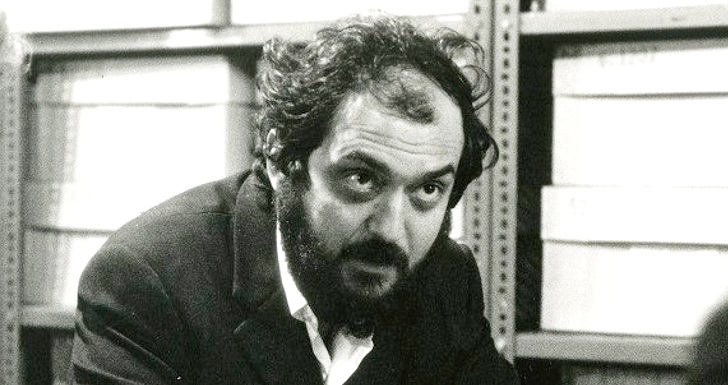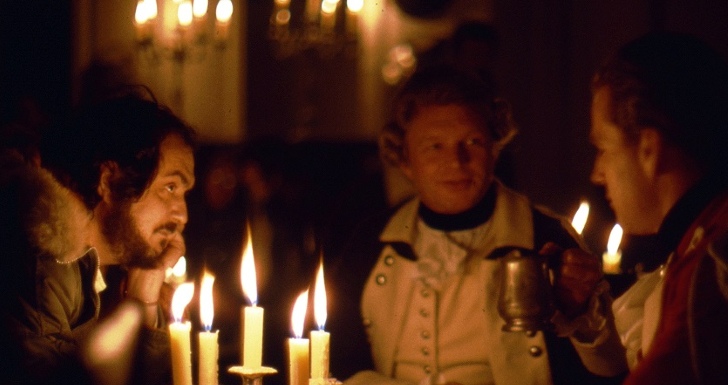Users: 0
A unique exploration of the life and work of Stanley Kubrick, filmmaker responsible for films such as “2001: A Space Odyssey” and “A Clockwork Orange”.
There are filmmakers whose experts and vast segments of the general public (naturally those most inclined towards pure and harsh cinephilia) do not ignore the qualities evident in their filmography, whether it is abundant and diverse, or limited to sixteen shorts and features, a number which in no way corresponds to the widespread recognition of its undeniable importance. In the global analysis of the Cinema’s historyespecially within the framework of integrated, contextualized knowledge and whenever possible in the entirety of the works that give it form, the valorization of individual careers starts from a more or less systematized basis constituted by the dynamics between supply and demand in the commercial market and the role played by cultural institutions that do not move solely and exclusively by business models designed to produce profit.
BRIEF WORDS SOUND A LOT IN THE DOCUMENTARY APPROACH OF THE WORK OF A GENIUS…!
This dialectic allows us to assume a concrete analysis that, in the most prominent cases, is not limited to this or that era or this or that generation. In fact, for a lover of the seventh art, many years are necessary for a minimum meeting of the conditions to view the best of the work of a John Fordon one Fritz Langon one Alfred Hitchcockon one DW Griffith. I could continue to mention dozens, hundreds of other names, but I’ll just focus on these four whose general or majority production is integrated into the most perennial values of the North American film industry and what represented, for many decades, the weight and brand influence Hollywoodthat is, the production system associated with it.

However, there is no rule without exception. And, if we want to know in depth the work of a filmmaker like Stanley Kubrick (Bronx, New York, July 26, 1928 – Childwickbury Manor, Hertforshire, England, March 7, 1999), we need to do the journey in reverse and in the end pay attention to less than two dozen films among completed projects and to be implemented. We must also shift our gaze from the USA to Europe, since it preferred, after a certain level of integration in its country’s industry, to isolate itself in a kind of realm private sector within the United Kingdom, to somehow protect itself from what was left of the StudioSystem and the Production Code that still prevailed in American production at the time. Basically, to create your own system, which we could call Kubrick Systemwhich in practice led him to benefit from the best of both worlds.
On the one hand, it established a financial bridge with the major studios on the other side of the Atlantic, namely with Warner Brothers, but not only, that is, with the representatives or heirs of the classic Hollywood method, not neglecting the importance of distribution that they could and wanted to concentrate in their sphere of influence. On the other hand, it generated the necessary mechanisms to avoid depending on them in the field of editorial options, in order to avoid being subjected to profitability shackles on the use of media, capitalization gears relating to material and human assets, logistical problems that it has always avoided, building near you the decors and shooting locations which, contrary to what one might imagine, are factors that influence much more than one thinks the so-called Final Cut. Engineering is necessary largely because of financial deficits, the diversion of investment capital and the commitments they require, contaminating the final control of a filmic work that should not be confused with the Director’s Cutoften a mere concession from producers and a pure marketing maneuver to sell over and over again what had already been sold before.

In short, in a simple sentence that hides in its brevity the multiple complexity of the relationships between art and industry, Stanley Kubrick built for himself what constitutes the physical place and one of the most vibrant personal sensations for those who value freedom: the independence that hovers in the most secret wet dreams of any film professional who wishes to assert their creative individuality. And Stanley Kubrick’s life story is intertwined with his professional history. The History of Cinema only benefited from the possibility of affirming his genius, and why not say, his ego, in the field of cinematographic production, where he sought to the maximum the idea of absolute, of rigor, of perfection. That is why it is said that he was responsible for films that marked the genre to which they belong, in many cases being exponents of each genre covered.
Ultimately, these are subjective assessments, rather debatable, but legitimate in the face of examples such as “2001: A Space Odyssey” (2001: Space Odyssey), 1968, in the area of Science fictionor “Paths of Glory” (Horizons of Glory), 1957 and “Full Metal Jacket” (Born to Kill), 1987, in the area of War Cinema (First World War and Vietnam), or “The Shining” (Shining), 1980, in the area of Terror. And we can never ignore his courageous foray into the Noir-Erotic Thriller, which stands as one of the threshold landmarks of a hybrid genre but with a strong impact on the good and bad conscience of those who made it and those who saw it, an option that defied several censorships and which became, for me, one of the filmmaker’s masterpieces, the unforgettable “Lolita”, 1962.
That said, I reveal the reason why I made this introduction to a filmmaker that I have followed and admired for a long time. In fact, by the hand of Zero in Behaviorthe possibility of viewing a curious documentary entitled “Kubrick By Kubrick” (Kubrick By Kubrick), 2020, directed by Gregory Monro. It is a not necessarily exhaustive but punctually incisive approach to the life and work of a cinema genius, conceived in an assembly structure where different archival materials are articulated, the most significant of those used being the one that supports the column cornerstone of the documentary, one of the rare interviews given by Stanley Kubrick, this time to French critic Michel Ciment.

For all due purposes, this will be from beginning to end the true added value of this work, which in many aspects could and should go further in the interpretation and reflection of the matter at hand. I see no harm in its aspect, let’s say, didactic but not paternalistic, and I consider that as an introduction to the virtues and methods of Stanley Kubrick With a young audience that may be distracted, ignoring the best that has been produced in the past, the film can fulfill an important mission. And hear the filmmaker speak out loud about the beginnings of his filmography and the setbacks of his then lack of experience, very evident in a film like “Fear and Desire”, 1953 (incredible as it may seem, a more disastrous result than his forays into short films with which he began his career, where I highlight his very interesting first color film, “The Seafarers”, 1953), gives “Kubrick By Kubrick” a full justification for the project and for the truth underlying its primordial concept: that we can discover someone’s personality by listening to their sincere and own words, as well as the referents that aims to give us more information about the motivations that outlined the main lines of his work as an author with body and soul.
Kubrick by Kubrick the Critic
Movie title: Kubrick By Kubrick
Director(s): Gregory Monro
Actor(s): Stanley Kubrick, Michel Ciment, Malcolm McDowell, Jack Nicholson, Shelley Duval, Sterling Hayden, Arthur C. Clarke, Marisa Berenson, R. Lee Ermey, Vincent D’Onofrio, Peter Sellers, Garrett Brown, Ken Adam, Leonard Rosenman, Tom Cruise , Nicole Kidman, Christiane Kubrick, Roger Ebert, Dann Gire, Maurice Beaupère, J. – H. Bigay, Kirk Douglas, Pierre Fruchon, Sue Lyon, James Mason, Agop Tarzan.
Genre: Documentary,, 2020, 73min
Conclusion:
PROS: Among others, in 2021 it received the Emmy for Best Art Program.
CONS: Nothing special.






















